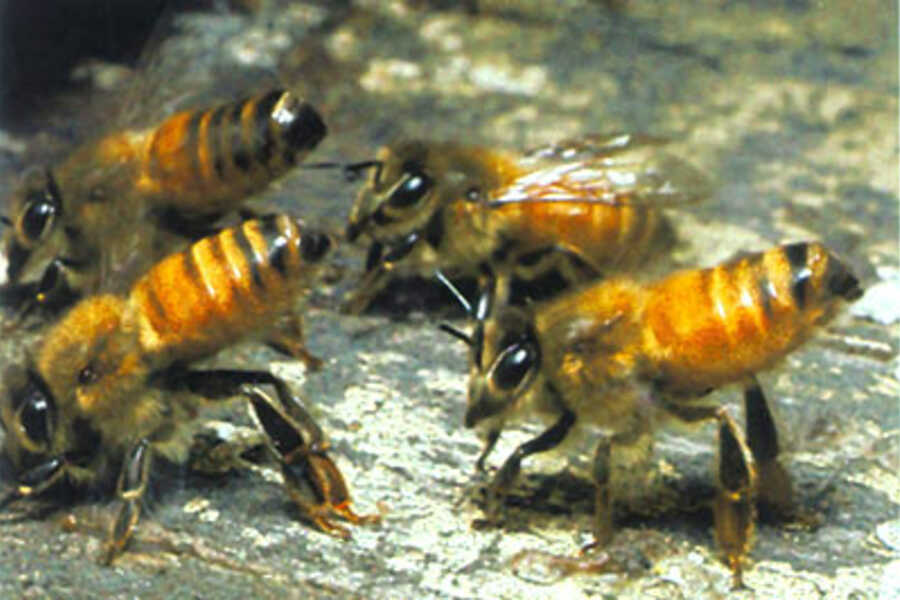"An alarm signal is an antipredator adaptation referring to various signals emitted by social animals in response to danger.
Many primates and birds have elaborate alarm calls for warning conspecifics of approaching predators. For example, the characteristic alarm call of the Blackbird is a familiar sound in many gardens. Other animals like fish and insects may use other non-auditory signals, such as chemical messages. . For example, many animals may use chemosensory alarm signals, communicated by chemicals known as pheromones. Minnows and catfish release alarm pheromones (Schreckstoff) when injured, which cause nearby fish to hide in dense schools near the bottom. Animals are not the only organism to communicate threats to conspecifics either; some plants are able to perform a similar trick. Lima beans release volatile chemical signals that are received by nearby plants of the same species when infested with spider mites."
This is a natural response to danger using indicators like a special smell, sound or a visual indicator. This shows a kind of solidarity within communities using those indicators.


